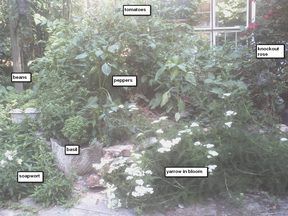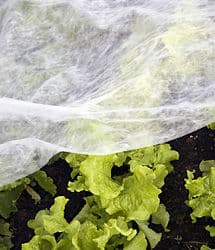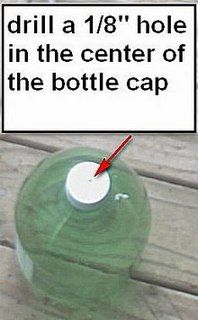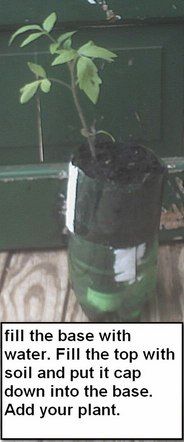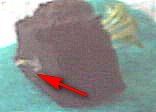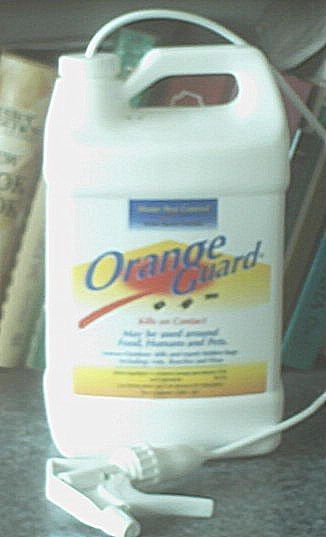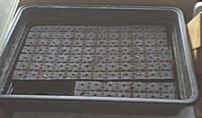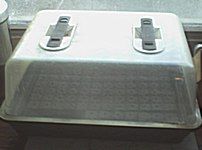 Book is available only printed and bound it is $20 plus $7.35 shipping within the continental USA only. Your book will be sent in a USPS flat rate envelope |
I got to be The Answer Lady when a friend drafted me to man the question booth at an Herbal Fair. His comment was "Kathryn has wasted more time on herbs than anyone--maybe she'll do it." And I did, for several years. In so doing, I discovered that most herb lovers needed help with the same questions. My first book, Herbs Southern Style, was written to address this need. Many speeches, seminars and gardenclub talks later, I realized that much more detail was needed than I had provided. HERBS: The Answer Lady Tells All was the result. The front and back covers show me at my real Answer Booth. Between the covers are the answers to all the questions you may have had about herbs from seed to soup. The first half of the book gives the fundamentals of sound herb growing practices. How do you build appropriate soil? What is enough drainage and how do you arrange it? How should seeds be handled? How much sun is full sun? All of this and more is laid out in clear terms. The second part of the book is divided into chapters by herbs. Specifics of growing each are included along with some history. Recipes for cooking and safe traditional remedies are featured along with ways to use the herb for fragrance, crafts or decoration. All herb lovers will enjoy this book but those who garden in hot climates will be especially grateful for the notes directed at their specific challenges. |
